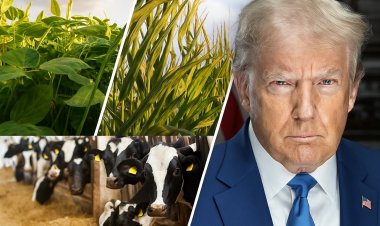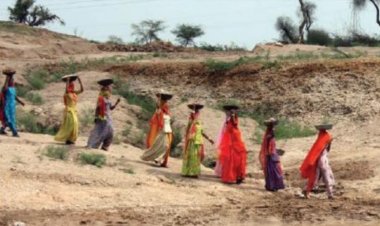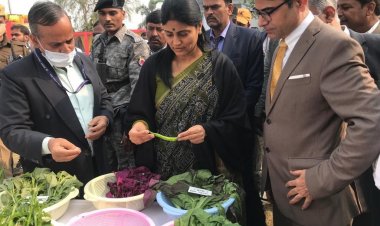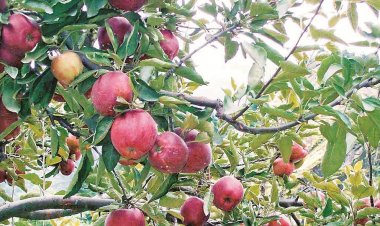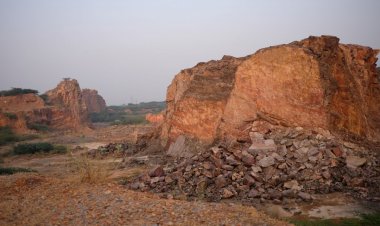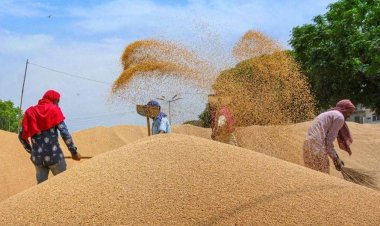Decisions based on narrow set of market values of nature underpin global biodiversity crisis
The Report provides a novel and comprehensive typology of nature’s values. The authors present four general perspectives: living from, with, in and as nature. Living from nature emphasizes nature’s capacity to provide resources for sustaining livelihoods, needs and wants of people, such as food and material goods. Living with nature has a focus on life ‘other than human’ such as the intrinsic right of fish in a river to thrive independently of human needs. Living in nature refers to the importance of nature as the setting for people’s sense of place and identity. Living as nature sees the natural world as a physical, mental and spiritual part of oneself.
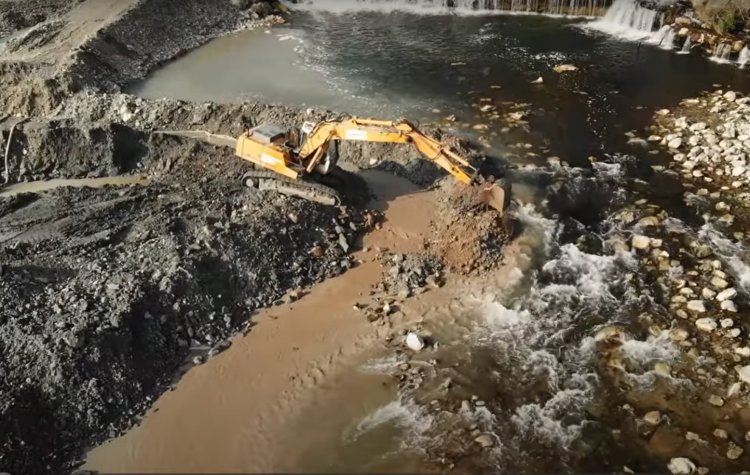
The way nature is valued in political and economic decisions is both a key driver of the global biodiversity crisis and a vital opportunity to address it, according to a four-year methodological assessment by 82 top scientists and experts from every region of the world.
Approved on July 9 by representatives of the 139 member States of the Intergovernmental Science-Policy Platform on Biodiversity and Ecosystem Services (IPBES), the Assessment Report on the Diverse Values and Valuation of Nature finds that there is a dominant global focus on short-term profits and economic growth, often excluding the consideration of multiple values of nature in policy decisions.
Economic and political decisions have predominantly prioritized certain values of nature, particularly market-based instrumental values of nature, such as those associated with food produced intensively. Although often privileged in policymaking, these market values do not adequately reflect how changes in nature affect people’s quality of life. Furthermore, policymaking overlooks the many non-market values associated with nature’s contributions to people, such as climate regulation and cultural identity.
“With more than 50 valuation methods and approaches, there is no shortage of ways and tools to make visible the values of nature,” said Prof. Unai Pascual (Spain/Switzerland), who co-chaired the Assessment with Prof. Patricia Balvanera (Mexico), Prof. Mike Christie (UK) and Dr Brigitte Baptiste (Colombia). “Only 2 per cent of the more than 1,000 studies reviewed consult stakeholders on valuation findings and only 1 per cent of the studies involved stakeholders in every step of the process of valuing nature. What is in short supply is the use of valuation methods to tackle power asymmetries among stakeholders, and to transparently embed the diverse values of nature into policymaking.”
Deeply cross-disciplinary and, based on a large review conducted by experts in social science, economics and the humanities, the Values Assessment draws on more than 13,000 references – including scientific papers and information sources from indigenous and local knowledge. It also builds directly on the 2019 IPBES Global Assessment, which identified the role of economic growth as a key driver of nature loss, with 1mn species of plants and animals now at risk of extinction.
To help policymakers better understand the very different ways in which people conceive and value nature, the Report provides a novel and comprehensive typology of nature’s values. The typology highlights how different worldviews and knowledge systems influence the ways people interact with and value nature.
In order to make this typology useful for decision-making, the authors present four general perspectives. These are: living from, with, in and as nature. Living from nature emphasizes nature’s capacity to provide resources for sustaining livelihoods, needs and wants of people, such as food and material goods. Living with nature has a focus on life ‘other than human’ such as the intrinsic right of fish in a river to thrive independently of human needs. Living in nature refers to the importance of nature as the setting for people’s sense of place and identity. Living as nature sees the natural world as a physical, mental and spiritual part of oneself.
The Report finds that the number of studies that value nature has increased on average by more than 10 per cent per year over the last four decades. The most prominent focus of recent (2010-2020) valuation studies has been on improving the condition of nature (65 per cent of valuation studies reviewed) and on improving people’s quality of life (31 per cent), with just 4 per cent focused on improving issues around social justice. 74 per cent of valuation studies focused on instrumental values, with 20 per cent focused on intrinsic values, and just 6 per cent focused on relational values.
“The Values Assessment provides decision-makers with concrete tools and methods to better understand the values that individuals and communities hold about nature,” said Prof. Balvanera. “For example, it highlights five iterative steps to design valuation to fit the needs of different decision-making contexts. The report also provides guidelines on how to enhance the quality of valuation by taking into account relevance, robustness and resource requirements of different valuation methods.”
“Valuation is an explicit and intentional process,” said Prof. Christie. “The type and quality of information that valuation studies can produce largely depends on how, why and by whom valuation is designed and applied. This influences whose and which values of nature would be recognized in decisions, and how fairly the benefits and burdens of these decisions would be distributed.”
“Recognizing and respecting the worldviews, values and traditional knowledge of indigenous peoples and local communities allows policies to be more inclusive, which also translates into better outcomes for people and nature”, said Dr Baptiste. “Also, recognizing the role of women in the stewardship of nature and overcoming power asymmetries frequently related to gender status, can advance the inclusion of the diversity of values in decisions about nature.”



 Join the RuralVoice whatsapp group
Join the RuralVoice whatsapp group

















